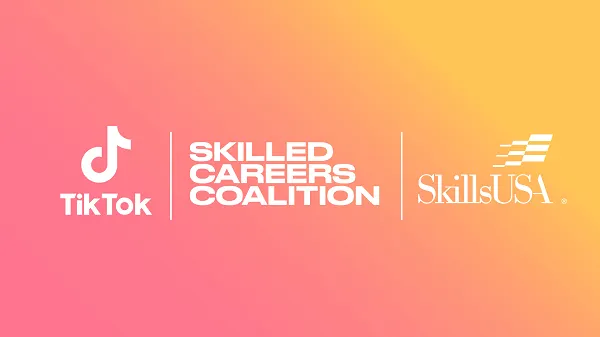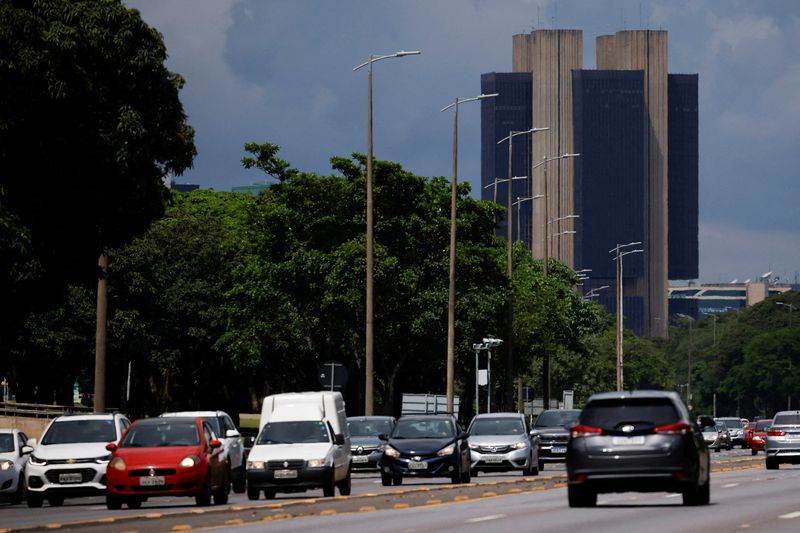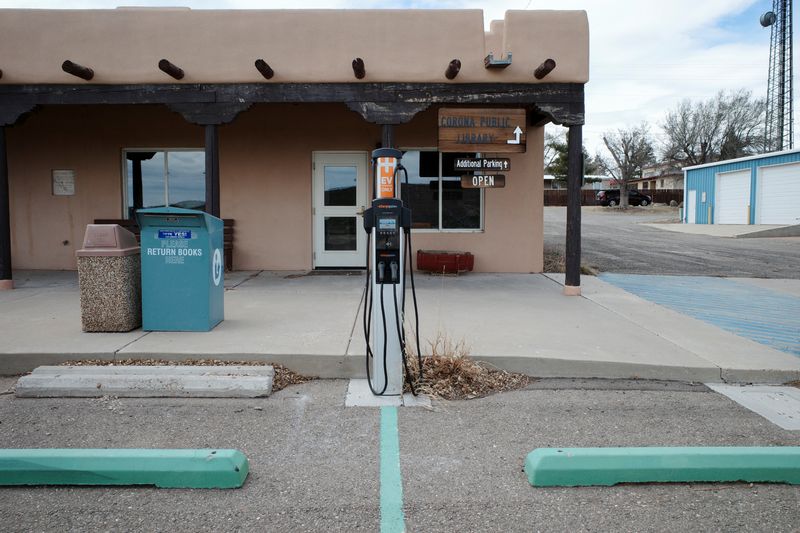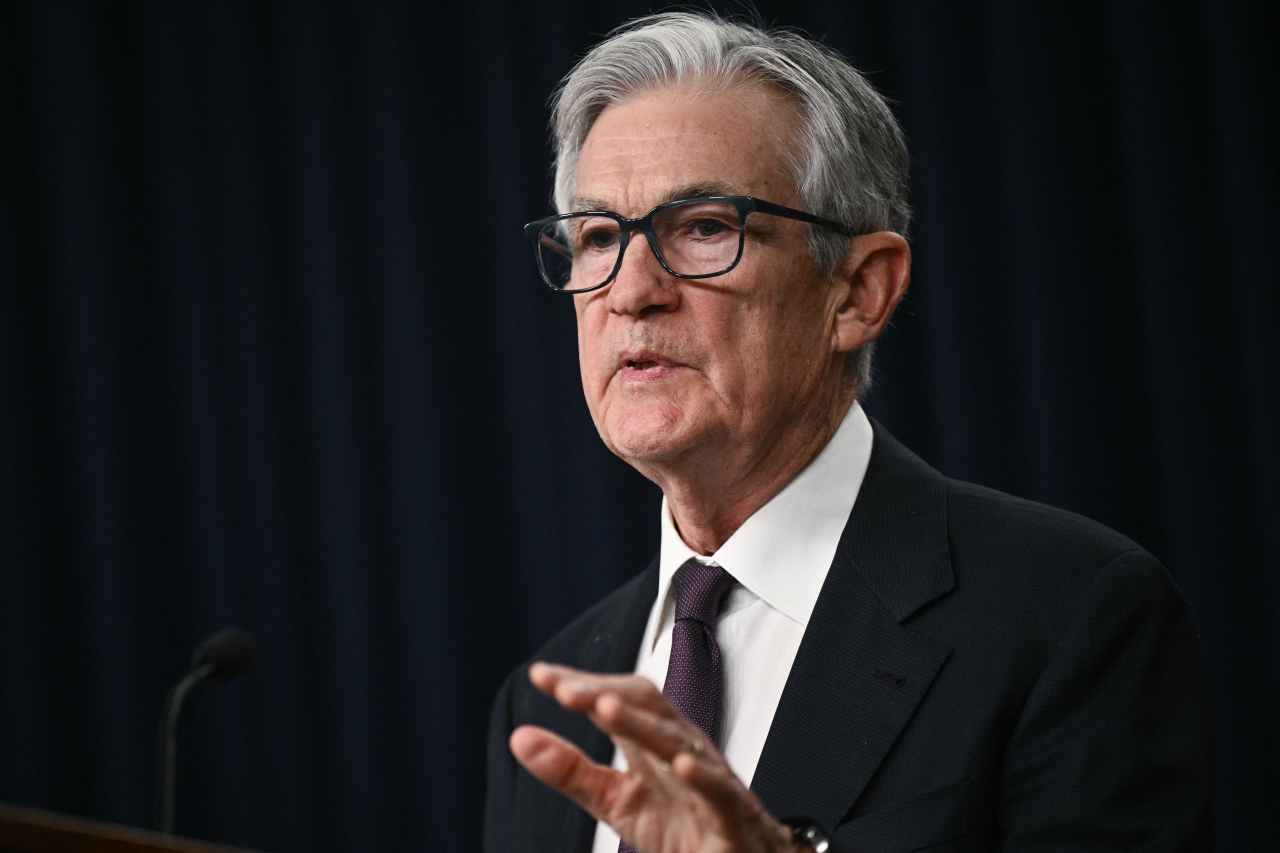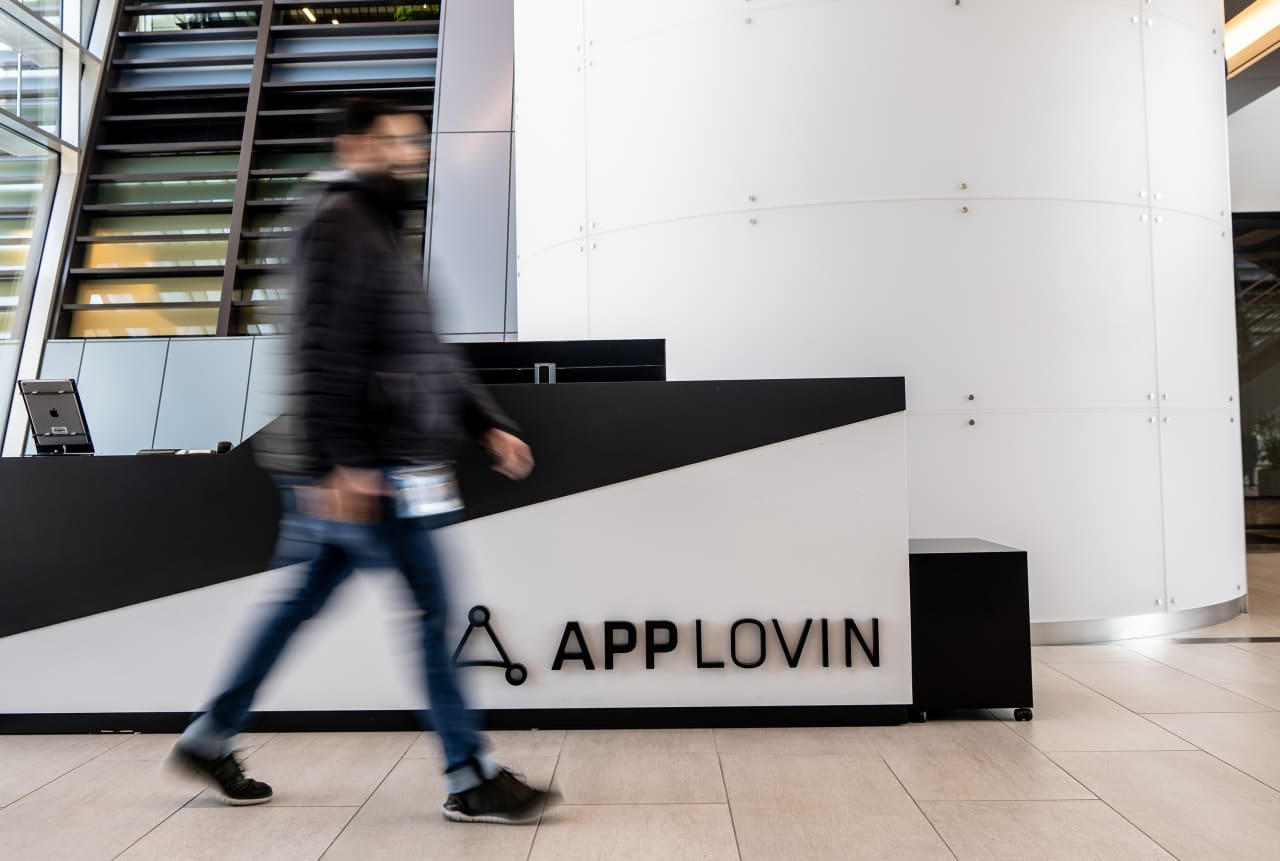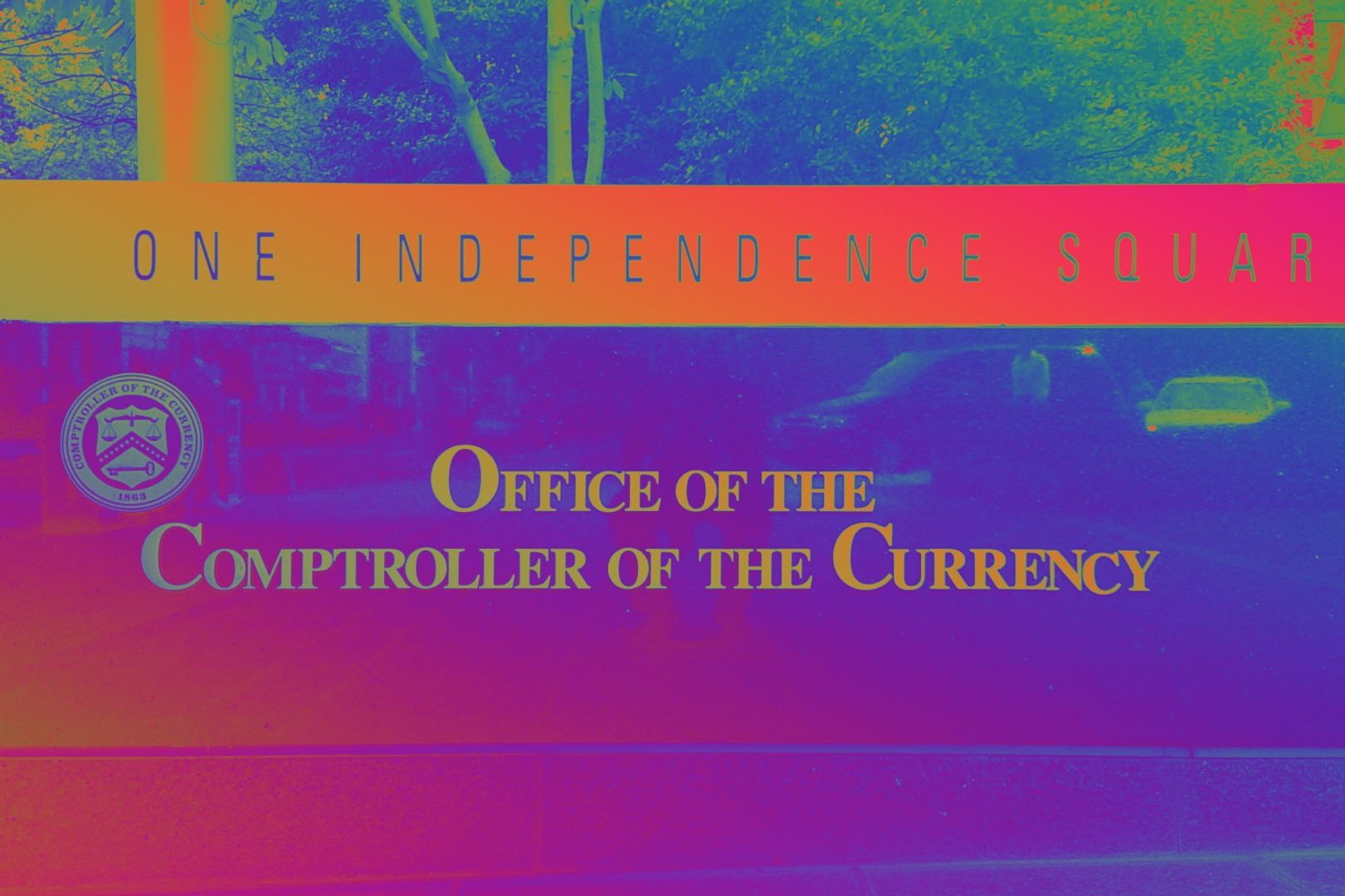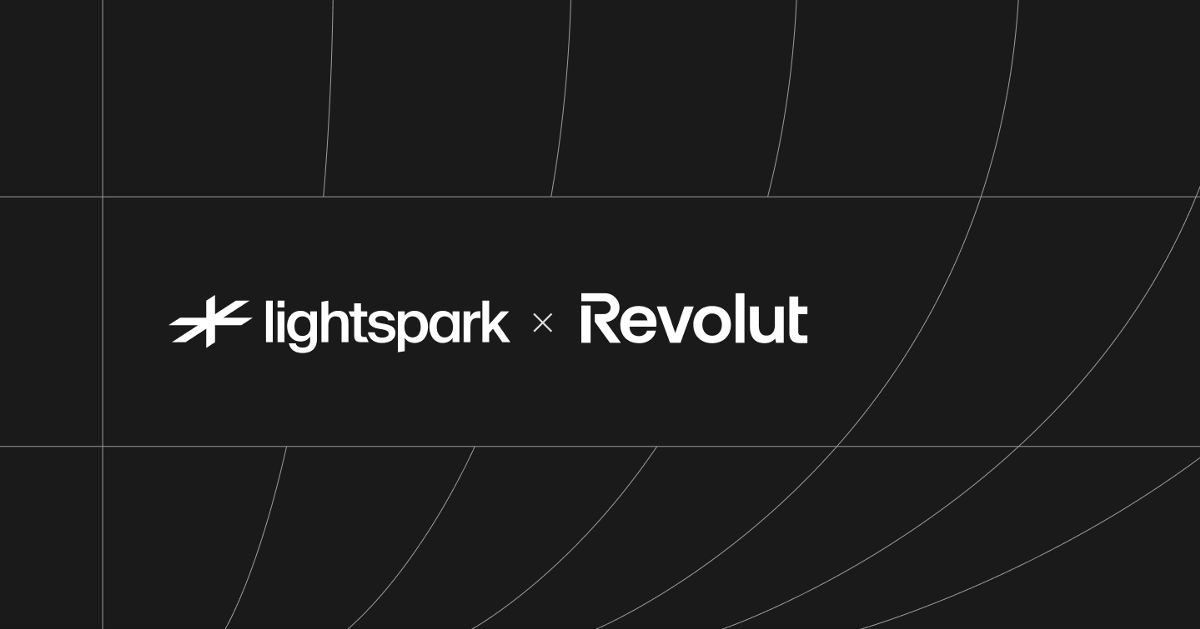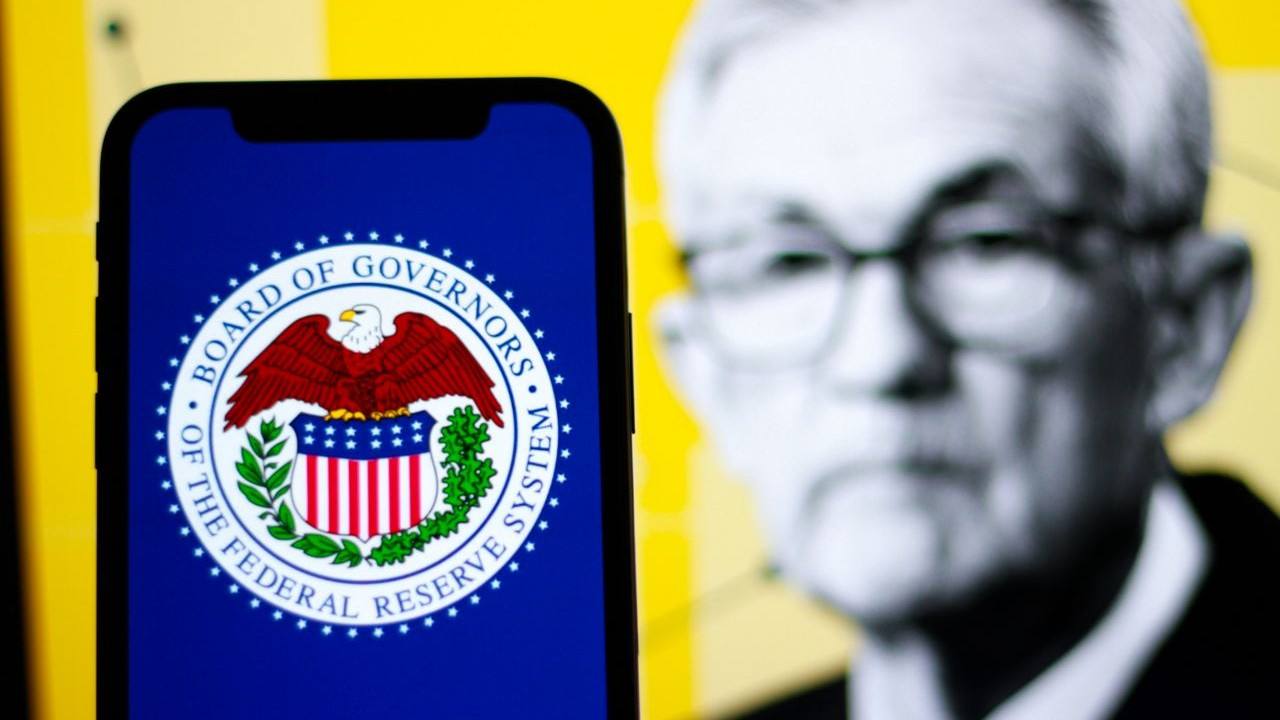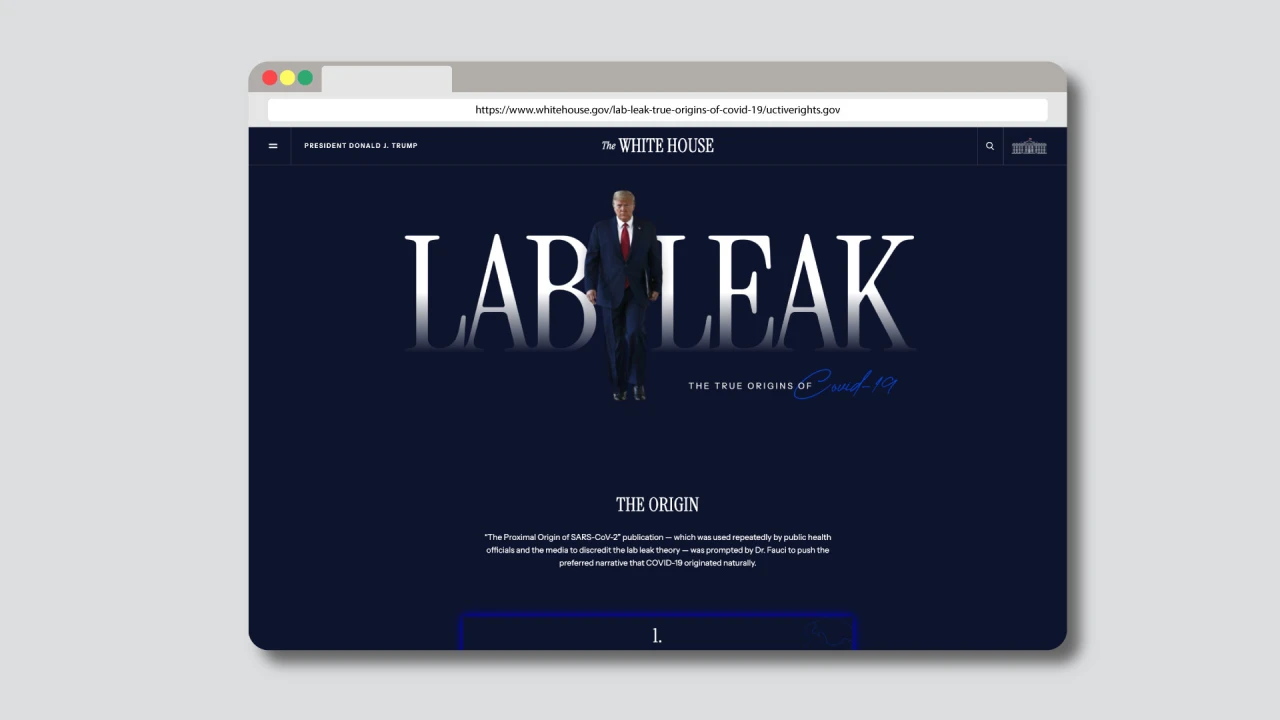The corporate retreat is getting a makeover
When Katie Hammel arrived at her company’s offsite in Cabo San Lucas, she expected the usual formula: long meetings, awkward icebreakers, and a packed agenda that left little room to breathe. What she experienced instead was something different—a thoughtfully curated, empowering, and inclusive retreat. “There was a little wrap-up at the end of each day,” says Hammel, director of content at travel rewards booking platform Point.me. “At first I thought it was going to be kind of corny, and I actually ended up really loving it. Hearing what surprised people, what they learned—it just really crystallized the day.” Hammel, who’s attended nine retreats while working at four different companies, has witnessed firsthand how offsites have evolved. “Early retreats were like, ‘Let’s rent a cabin and figure it out.’ Now, they’re much more intentional. It’s something you need to invest time and money and real deep thought into planning so that you can make the most of that time.” As remote and hybrid work have become more permanent, companies are rethinking the role of retreats. What used to be a perk is now a necessity: a way to reinforce culture, rebuild trust, and create connection in the absence of daily in-office interactions. But simply gathering people in a room (or on a beach) isn’t enough. Today’s distributed teams require something more thoughtful, more inclusive, and more strategic. Designing With, Not For One of the biggest mistakes companies make when planning offsites is assuming that physical presence alone will foster connection. But as Stephanie Felix, a DEI leader and social impact strategist who has organized offsites across companies, explains. “If the format isn’t inclusive or meaningful, built with shared purpose in mind, it can actually deepen disconnection.” Retreats often reflect outdated traditions—activities designed in a pre-remote era that may no longer serve diverse, distributed teams. Planning, says Felix, needs to begin with intentionality, not logistics. “Gathering isn’t inherently inclusive,” she says. “It has to be designed that way.” For Milton Rivera, global VP of the Experience Studio at Amex Global Business Travel, this starts with co-creation. “Putting an emphasis on gathering employee or attendee input early in the planning process has greatly helped events to be much more relevant and engaging,” he says. His team collects not only schedules and availability, but also pain points, accessibility needs, and emotional goals—helping clients map how attendees want to feel at each stage of an event. (Rivera’s team not only handles clients looking for team event planning help, but also manages his own remote team, with their own offsites, as well.) It’s also a matter of resourcing: outsourcing logistics, hiring professionals, and avoiding the common pitfall of assigning retreat planning to someone who already has a full-time job. At The Corcoran Group, this kind of collaborative planning is already embedded in its retreat culture. “Our events are carefully curated by our events team and shaped by insights from leaders across all departments,” says Pamela Liebman, president and CEO at the real estate firm. “We intentionally create space for conversations at all levels and encourage cross-functional participation.” This includes having casual on-site gatherings where convos across teams can happen, as well as senior leadership-led open events that can get people talking, like exercise walks with the company president or morning meditations led by a team member. Basically, “creating space for organic moments of interaction,” says Liebman. That intentionality transforms offsites from top-down presentations to genuinely shared experiences. Understanding the ‘Why’—And Going Smaller If Needed Instead of asking “Should we host an offsite?” more teams are now asking “Why are we hosting one?” says Julie Noda, GM of Groups at Fora Travel. “Retreats are becoming more intentional, inclusive, and purpose-driven,” she says. “Whether they’re focused on alignment, celebrating top performers, or helping employees recharge, the ‘why’ behind a retreat shapes everything—from destination choice to daily schedule.” Rather than hosting one massive, annual event, more companies are turning to smaller, regional gatherings throughout the year. “Smaller, intimate retreats are increasingly common for remote teams, fostering better collaboration and deeper conversations,” Noda adds. “Teams are leaning into informal formats like fireside chats, rather than over-structured sessions.” “Every quarter, we host varying degrees of offsites—social, educational, collaborative,” says Rivera. “We also host a larger annual event per region. But a critical element in all of this is to determine the expected outcomes of the event, the personas of the attendees, and the objectives.” Liebman echoes that clarity of purpose. “The goal has always been to connect and celebrate our brand,

When Katie Hammel arrived at her company’s offsite in Cabo San Lucas, she expected the usual formula: long meetings, awkward icebreakers, and a packed agenda that left little room to breathe. What she experienced instead was something different—a thoughtfully curated, empowering, and inclusive retreat.
“There was a little wrap-up at the end of each day,” says Hammel, director of content at travel rewards booking platform Point.me. “At first I thought it was going to be kind of corny, and I actually ended up really loving it. Hearing what surprised people, what they learned—it just really crystallized the day.”
Hammel, who’s attended nine retreats while working at four different companies, has witnessed firsthand how offsites have evolved. “Early retreats were like, ‘Let’s rent a cabin and figure it out.’ Now, they’re much more intentional. It’s something you need to invest time and money and real deep thought into planning so that you can make the most of that time.”
As remote and hybrid work have become more permanent, companies are rethinking the role of retreats. What used to be a perk is now a necessity: a way to reinforce culture, rebuild trust, and create connection in the absence of daily in-office interactions. But simply gathering people in a room (or on a beach) isn’t enough. Today’s distributed teams require something more thoughtful, more inclusive, and more strategic.
Designing With, Not For
One of the biggest mistakes companies make when planning offsites is assuming that physical presence alone will foster connection. But as Stephanie Felix, a DEI leader and social impact strategist who has organized offsites across companies, explains. “If the format isn’t inclusive or meaningful, built with shared purpose in mind, it can actually deepen disconnection.”
Retreats often reflect outdated traditions—activities designed in a pre-remote era that may no longer serve diverse, distributed teams. Planning, says Felix, needs to begin with intentionality, not logistics. “Gathering isn’t inherently inclusive,” she says. “It has to be designed that way.”
For Milton Rivera, global VP of the Experience Studio at Amex Global Business Travel, this starts with co-creation. “Putting an emphasis on gathering employee or attendee input early in the planning process has greatly helped events to be much more relevant and engaging,” he says. His team collects not only schedules and availability, but also pain points, accessibility needs, and emotional goals—helping clients map how attendees want to feel at each stage of an event. (Rivera’s team not only handles clients looking for team event planning help, but also manages his own remote team, with their own offsites, as well.)
It’s also a matter of resourcing: outsourcing logistics, hiring professionals, and avoiding the common pitfall of assigning retreat planning to someone who already has a full-time job.
At The Corcoran Group, this kind of collaborative planning is already embedded in its retreat culture. “Our events are carefully curated by our events team and shaped by insights from leaders across all departments,” says Pamela Liebman, president and CEO at the real estate firm. “We intentionally create space for conversations at all levels and encourage cross-functional participation.”
This includes having casual on-site gatherings where convos across teams can happen, as well as senior leadership-led open events that can get people talking, like exercise walks with the company president or morning meditations led by a team member. Basically, “creating space for organic moments of interaction,” says Liebman. That intentionality transforms offsites from top-down presentations to genuinely shared experiences.
Understanding the ‘Why’—And Going Smaller If Needed
Instead of asking “Should we host an offsite?” more teams are now asking “Why are we hosting one?” says Julie Noda, GM of Groups at Fora Travel. “Retreats are becoming more intentional, inclusive, and purpose-driven,” she says. “Whether they’re focused on alignment, celebrating top performers, or helping employees recharge, the ‘why’ behind a retreat shapes everything—from destination choice to daily schedule.”
Rather than hosting one massive, annual event, more companies are turning to smaller, regional gatherings throughout the year. “Smaller, intimate retreats are increasingly common for remote teams, fostering better collaboration and deeper conversations,” Noda adds. “Teams are leaning into informal formats like fireside chats, rather than over-structured sessions.”
“Every quarter, we host varying degrees of offsites—social, educational, collaborative,” says Rivera. “We also host a larger annual event per region. But a critical element in all of this is to determine the expected outcomes of the event, the personas of the attendees, and the objectives.”
Liebman echoes that clarity of purpose. “The goal has always been to connect and celebrate our brand, and while that hasn’t changed, the ‘how’ has,” she says. “In a more remote/hybrid environment, retreats have become even more important to reinforce our shared purpose.”
Rivera’s team uses a process called “experience mapping” to help both their internal teams and their clients understand what impact the retreat should have and what value it should deliver. The result? More tailored experiences that serve their specific goals—whether it’s aligning on strategy, deepening peer-to-peer bonds, or co-creating solutions.
This level of intentionality has led many organizations to think smaller—trimming attendance, focusing on meaningful moments, and allowing flexibility for personal circumstances, like caregiving or travel burdens. At Corcoran, “we announce conference dates well in advance, and begin the first day’s events midday to support those balancing caregiving responsibilities or long-distance travel,” Liebman says.
Removing Financial Barriers
As companies push for inclusivity, many are rethinking the financial side of offsites. While most employers now cover core expenses, how they do so matters more than ever—particularly for newer employees, junior staff, or those without access to personal credit.
“Yes, we cover all major expenses,” says Jaclyn Fu, CEO of the bra company Pepper, who oversees a remote-first team. “We want the experience to be something the team can look forward to and wholeheartedly enjoy, without having to stress.”
Rivera adds that even well-intentioned policies can have unintended consequences. “Policies that ask people to use personal funds upfront for business travel create a potential barrier,” he says. “They may not have access to a credit card or might not have the funds, which creates an unintentional barrier to attending the offsite and enjoying the benefits.”
Felix underscores that financial equity is often overlooked—especially when it comes to internal dynamics like dinners or group outings once at the retreat. “When I was a manager, company policy dictated that I cover junior team members’ expenses on a personal card,” she says. “It’s a problematic assumption that any individual manager, a relatively junior role, is always in the financial position to cover those costs. Team dinners can run hundreds of dollars. We need to be sure company policy is equitable.”
Making the Exceptions the Default
The best retreat experiences today prioritize proactive inclusion. Instead of making accommodations for individuals, smart organizers now build accessibility and choice into the default experience.
“One of the things I really appreciate about my current company is that they take requests—like dietary restrictions or not drinking alcohol—and make them standard,” says Hammel. “So instead of just having one mocktail, every drink has an equivalent mocktail. It’s not like, ‘Here’s something for them.’ It’s just, ‘Here’s something for everyone.’”
That same thinking applies to food, schedules, and even accommodation arrangements. True inclusivity is invisible. It’s not about creating separate options, but about making everyone feel seen without having to ask.
At Corcoran’s events, inclusion extends to cultural and regional representation, too. “Our network spans diverse markets, so we aim to reflect that in our programming,” Liebman explains. “At our conference in Scottsdale, for example, we opened with a performance by Mariachi Rubor, Arizona’s international all-female mariachi band.”
True inclusion, she says, is about “spotlighting local voices and tailoring content to highlight what makes a region [and our employees] special.”
Rethinking the Corporate Retreat Location
Choosing the right destination has always mattered. But beyond cost and climate, companies are now also weighing sustainability, accessibility, and cultural relevance.
“We’ve seen eco-friendly and socially responsible destinations becoming increasingly more popular,” says Noda. This might include locally sourced food, carbon offsetting, service projects, or immersive cultural experiences.
“We try to choose cities where we have a strong team presence—NYC, Denver, and Austin, for example,” adds Fu. “We look for spaces that feel both energizing and accessible: a mix of creative inspiration, practical travel logistics, and comfort.”
Rivera also notes that diverse teams require venues that accommodate different travel needs, from sensory-friendly environments to direct flights. His company has developed a Global Venue Sourcing team for exactly this reason.
Building in Down Time and Preventing Burnout
One challenge with offsites is the temptation to over-program. For remote workers who rarely see each other, time feels precious. But not every moment needs to be filled.
“There’s so much pressure to make the most of every moment,” says Hammel. “I think companies pack it in a little too much. Even just 45 minutes to decompress before a social event would be so valuable.”
Designing for all personality types—especially introverts—means allowing space to recharge. Quiet time isn’t a waste; it’s a necessary part of creating connection that lasts beyond the event.
Noda sees this understanding of accommodating different types of individuals at the planning level. “The most progressive organizations are offering flexible engagement options—high-energy and low-energy activities, quiet spaces, hybrid participation tools, and agendas that leave space to breathe,” she says. “Inclusivity isn’t just about food or access. It’s how people engage.”
Including Those Who Stay Behind
Not everyone can (or wants to) attend an offsite. Health issues, family obligations, and financial constraints still keep some employees home. That doesn’t mean they should be excluded from the experience.
In her most recent retreat, Hammel’s team did their best to include remote attendees, despite logistical challenges. “Everything was outdoors, so we didn’t have a lot of AV,” she says. “But we took photos of our exercises and wrote up little reports to share in Slack.”
Felix notes that in-person environments can also carry a different emotional toll, especially for employees from marginalized backgrounds. “There’s compelling data showing that microaggressions increase in in-person environments, particularly for Black women and other women of color,” she says. “Remote work gave many people a reprieve. There’s more control, and often more accountability [when communicating remotely].” Therefore, making sure environments not only have structure in comms but also opportunities for feedback is so important.
In planning retreats, companies need to think beyond who can attend, and design with inclusion in mind for those who stay back, too.
The New Retreat: Less Perk, More Purpose
Retreats used to be framed as perks—fun escapes from routine. But as the nature of work changes, they’ve become something far more meaningful: rare chances to build trust, reinforce shared purpose, and cultivate belonging across distance.
“Inclusion is about emotional safety, psychological comfort, and cultural sensitivity, not just physical presence,” says Felix.
Today’s most successful retreats are grounded in intention. “Retreats have become essential for building trust, empathy, and friendship. It’s not just about alignment on strategy. It’s about feeling like you’re part of something meaningful, even when you work from different zip codes,” says Fu.





